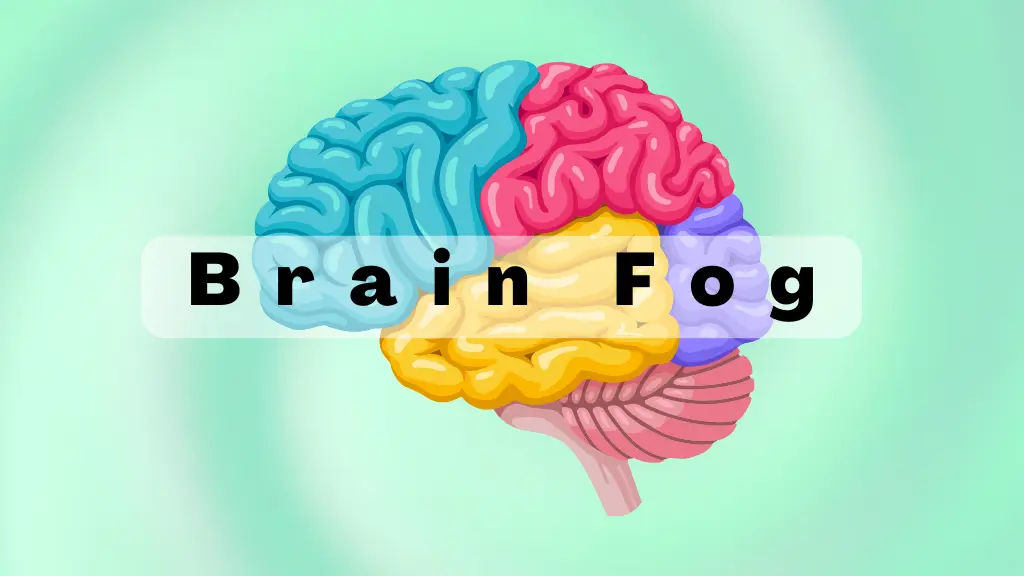Blood pressure is a critical measurement of heart health. For most people, maintaining a healthy blood pressure is essential to reduce the risk of heart disease, stroke, and other serious conditions. But what happens when blood pressure goes too low? Is there such a thing as too low? And what can you do to manage it?
In this article, we’ll explore the topic of low blood pressure, also known as hypotension. We’ll explain what constitutes healthy blood pressure, the risks of low readings, and when it’s time to seek medical help.
You May Also Like: Is Coffee Bad for Your Bones?
1. What Is Blood Pressure?
Blood pressure is the force that blood exerts on the walls of your arteries as the heart pumps it around your body. It is typically measured in two numbers:
- Systolic pressure: The top number, which measures the pressure in your arteries when your heart beats.
- Diastolic pressure: The bottom number, which measures the pressure in your arteries when your heart rests between beats.
For example, a reading of 120/80 mm Hg means a systolic pressure of 120 mm Hg and a diastolic pressure of 80 mm Hg.
2. What Is Considered Low Blood Pressure?
The American Heart Association (AHA) defines low blood pressure, or hypotension, as a reading below 90/60 mm Hg. However, not everyone with low blood pressure experiences symptoms. Some people naturally have lower blood pressure and feel perfectly fine.
In general, the lower the number, the more likely you are to experience symptoms. Blood pressure readings significantly lower than 90/60 mm Hg could be a sign of an underlying issue, especially if accompanied by symptoms like dizziness, fainting, or fatigue.
3. Is Low Blood Pressure Dangerous?
For most people, low blood pressure isn’t a cause for concern. However, very low blood pressure can be dangerous, particularly when it causes symptoms or is linked to an underlying medical condition. If blood pressure drops too much, it can result in inadequate blood flow to vital organs like the heart, brain, and kidneys. This can cause dizziness, fainting, and even shock in severe cases.
Risks of Low Blood Pressure Include:
- Fainting or dizziness: A sudden drop in blood pressure can cause dizziness, lightheadedness, or fainting.
- Shock: In extreme cases, low blood pressure can cause shock, where organs do not get enough blood and oxygen to function properly.
- Organ damage: Long-term low blood pressure can strain the heart and kidneys, potentially leading to organ damage over time.
It’s important to be aware of the symptoms and seek medical advice if low blood pressure affects your daily life.
4. Causes of Low Blood Pressure
There are several potential causes of low blood pressure. Some are temporary, while others may be chronic conditions that require medical attention. Here are some common causes of low blood pressure:
1. Dehydration
When your body loses more water than it takes in, it can weaken your blood vessels, causing low blood pressure. Dehydration can result from excessive sweating, vomiting, diarrhea, or not drinking enough fluids.
2. Heart Problems
Conditions such as heart disease, arrhythmia (irregular heartbeat), or heart valve problems can lead to low blood pressure. A weak heart may not be able to pump blood efficiently, resulting in hypotension.
3. Blood Loss
Significant blood loss from injury or internal bleeding reduces the amount of blood in your body, leading to low blood pressure. This can be particularly concerning if there’s a significant loss of blood.
4. Endocrine Issues
Certain hormonal imbalances, such as those caused by underactive thyroid (hypothyroidism), adrenal insufficiency (Addison’s disease), or low blood sugar, can contribute to low blood pressure.
5. Severe Infection (Septicemia)
Infections in the blood can lead to sepsis, which can cause a dangerous drop in blood pressure.
6. Medication Side Effects
Some medications can cause low blood pressure as a side effect. These include diuretics, beta-blockers, alpha-blockers, and other drugs that affect blood flow.
5. Symptoms of Low Blood Pressure
While some people with low blood pressure experience no symptoms, others may feel the following:
- Dizziness or lightheadedness
- Fainting or near fainting
- Blurred vision
- Fatigue
- Nausea or general weakness
If you experience any of these symptoms frequently, especially after standing up quickly or after meals, it’s important to talk to a healthcare provider.
6. How Low Is Too Low for Blood Pressure?
It’s important to note that not all low blood pressure readings are problematic. What matters most is whether you experience symptoms or if the low blood pressure is due to a medical condition.
- Ideal Blood Pressure: A healthy blood pressure is typically around 120/80 mm Hg.
- Low Blood Pressure (Hypotension): A reading below 90/60 mm Hg is generally considered low, but it’s the symptoms and the cause that matter more than the number alone.
- Dangerously Low Blood Pressure: When blood pressure drops too low to supply enough blood to vital organs, it becomes dangerous and can lead to shock or organ failure.
7. Treatment for Low Blood Pressure
Treatment for low blood pressure depends on the underlying cause and the severity of the symptoms. Here are some general approaches to managing low blood pressure:
- Increase Fluid Intake: Drink more fluids to help increase blood volume and prevent dehydration.
- Eat Small, Frequent Meals: Large meals can cause a sudden drop in blood pressure, so eating smaller meals throughout the day may help.
- Wear Compression Stockings: These can help prevent blood from pooling in your legs, reducing the symptoms of orthostatic hypotension (low blood pressure when standing up).
- Adjust Medications: If your blood pressure is too low due to medication, your doctor may adjust your prescriptions.
- Medication for Low Blood Pressure: In some cases, medication such as fludrocortisone or midodrine may be prescribed to help increase blood pressure.
8. When to Seek Medical Help
If your low blood pressure is causing you symptoms or is linked to an underlying medical condition, it’s important to consult with a healthcare provider. Seek immediate medical help if you experience:
- Sudden fainting or dizziness
- Shortness of breath
- Chest pain or palpitations
- Severe weakness or confusion
9. Preventing Low Blood Pressure
In some cases, low blood pressure can be prevented or managed through lifestyle changes:
- Stay Hydrated: Drink plenty of water to maintain your blood volume.
- Eat a Balanced Diet: Ensure you’re getting enough nutrients, including iron, vitamin B12, and folic acid.
- Exercise Regularly: Regular physical activity can help improve circulation and maintain healthy blood pressure.
- Limit Alcohol Consumption: Alcohol can lower blood pressure, so it’s important to drink in moderation.
10. Conclusion
While low blood pressure is not always a cause for concern, it’s essential to monitor your symptoms and speak with a healthcare provider if your blood pressure drops too low. Understanding how low your blood pressure should go and how to manage it can help you maintain a healthy lifestyle and reduce the risks associated with hypotension.
If you experience frequent dizziness, fainting, or other related symptoms, don’t hesitate to seek medical advice. Regular check-ups and maintaining a healthy lifestyle can help prevent complications related to low blood pressure.











